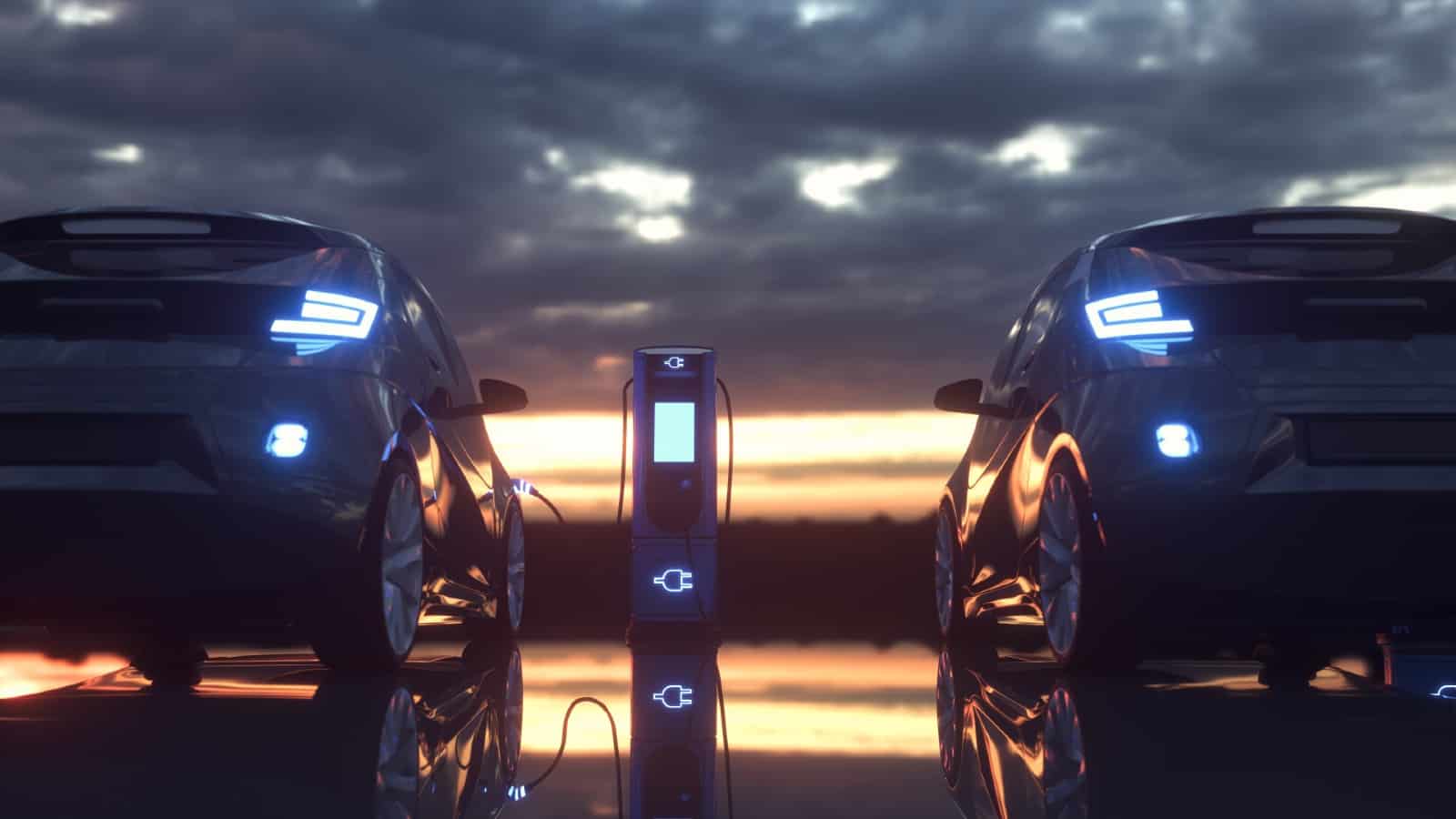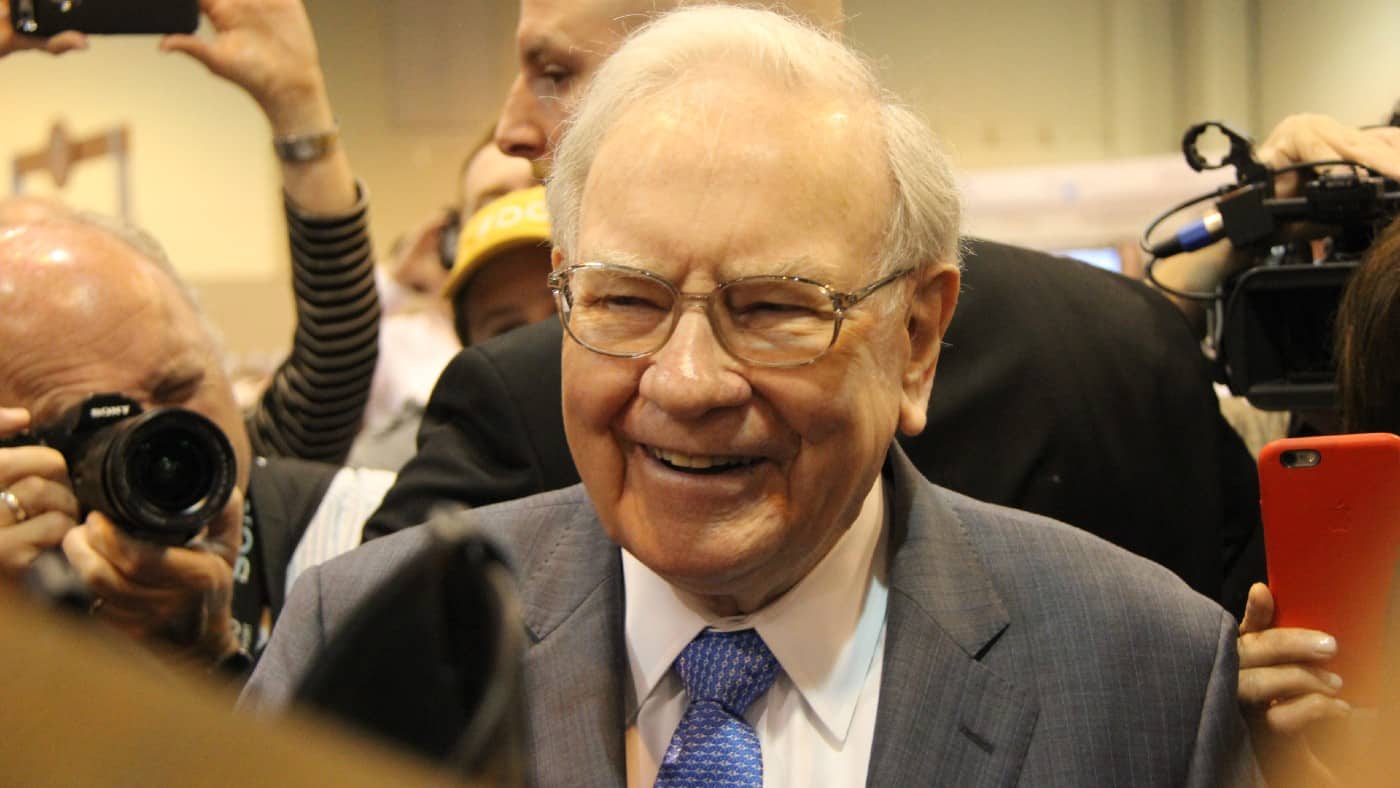Image source: Getty Images
The Tesla (NASDAQ: TSLA) share price enjoyed a rip-roaring November. It surged 38.1%, boosting the electric vehicle (EV) pioneer’s market capitalisation by more than $300bn.
This was the biggest market-cap gain among top global companies. It was also Tesla stock’s best month since January 2023, and brings the five-year return to around 1,442%. Not too shabby.
What happened?
The biggest catalyst for the share price in November was the election of Donald Trump. There were a few reasons why.
First off, CEO Elon Musk obviously campaigned for Trump during the election. Any win for the Republican nominee was likely to boost sentiment around Tesla stock.
Second, Trump has promised to impose tariffs on US imports, including foreign-made cars. This might boost Tesla’s competitive position across the pond.
Additionally, while the anticipated removal of green subsidies will pose challenges for all EV makers, Tesla is far better positioned to withstand this impact than its loss-making rivals. We might see more EV start-ups going to the wall.
Finally, as well as tax cuts, Trump has promised deregulation, which could extend to self-driving vehicles.
Most of Tesla’s valuation is now premised upon the successful roll-out of a driverless robotaxi network. Some analysts place this market opportunity north of $1trn.
Extreme valuation
Trading on a sky-high price-to-earnings (P/E) ratio of 94, however, the stock reflects this huge potential.
And this is where risk lies. If Tesla cannot perfect full self-driving (FSD) technology or keeps extending the timeline for it into the future, then the valuation is unsustainable.
Elon Musk has warned about this repeatedly in the past.
The value of the company is primarily on the basis of autonomy. That’s really, I think, the main driver of our value.
Elon Musk, June 2023
In Q3, more than three-quarters of the company’s revenue came directly from selling EVs.
AI progress
At the start of November, Musk also announced on X (formerly Twitter) that Tesla’s FSD technology was now “almost entirely AI“.
This means that it primarily relies on advanced neural networks and machine learning to process visual data and make driving decisions. It marks a shift away from traditional sensor-based systems.
Over the weekend, the firm began rolling out its latest upgrade (FSD version 13) to employees and limited customers. This improves the miles driven without human intervention by six times, according to Tesla.
The stock is up another 3.2% today (2 December) to $365.
My chosen stock
The technological revolution we’re all living through is accelerating. Things that we’re once thought science fiction — AI, self-driving cars, electric flying taxis — are progressing at a remarkable speed.
Waymo One, which is Alphabet‘s robotaxi service, is already doing more than 100,000 paid rides weekly in Los Angeles, Phoenix, and San Francisco. Human taxi drivers there are saying this is disrupting their professions.
Waymo plans to expand to Atlanta and Austin in 2025, exclusively through the Uber app.
In my eyes, Uber looks perfectly positioned to capture a significant portion of this market through its platform. This is why I bought shares in the ride-hailing giant earlier this year.
Admittedly, Tesla’s planned robotaxi network potentially poses a threat here. But Uber stock is far cheaper, so this is my preferred way to invest in the potentially transformative robotaxi market.
Credit: Source link














